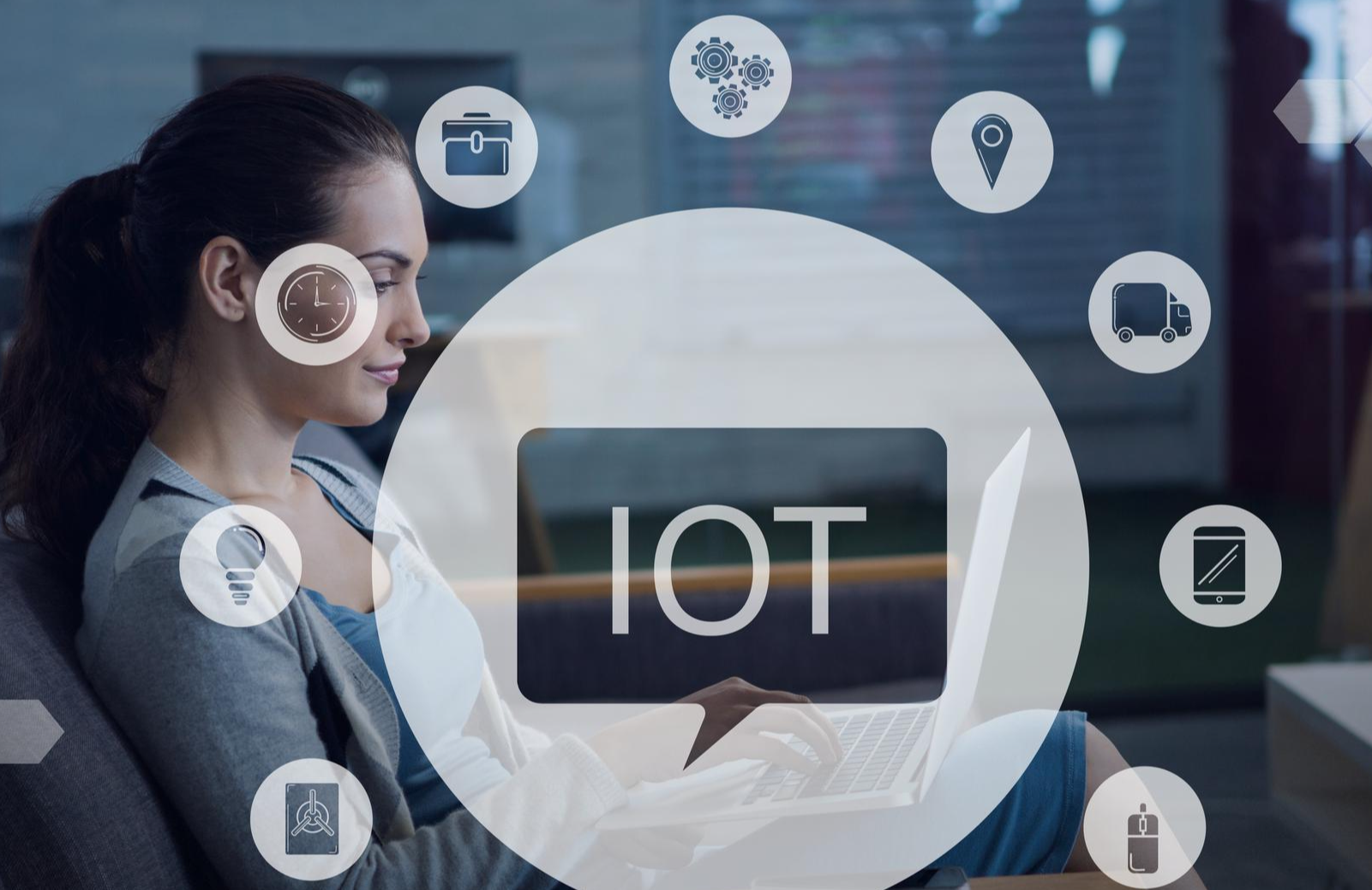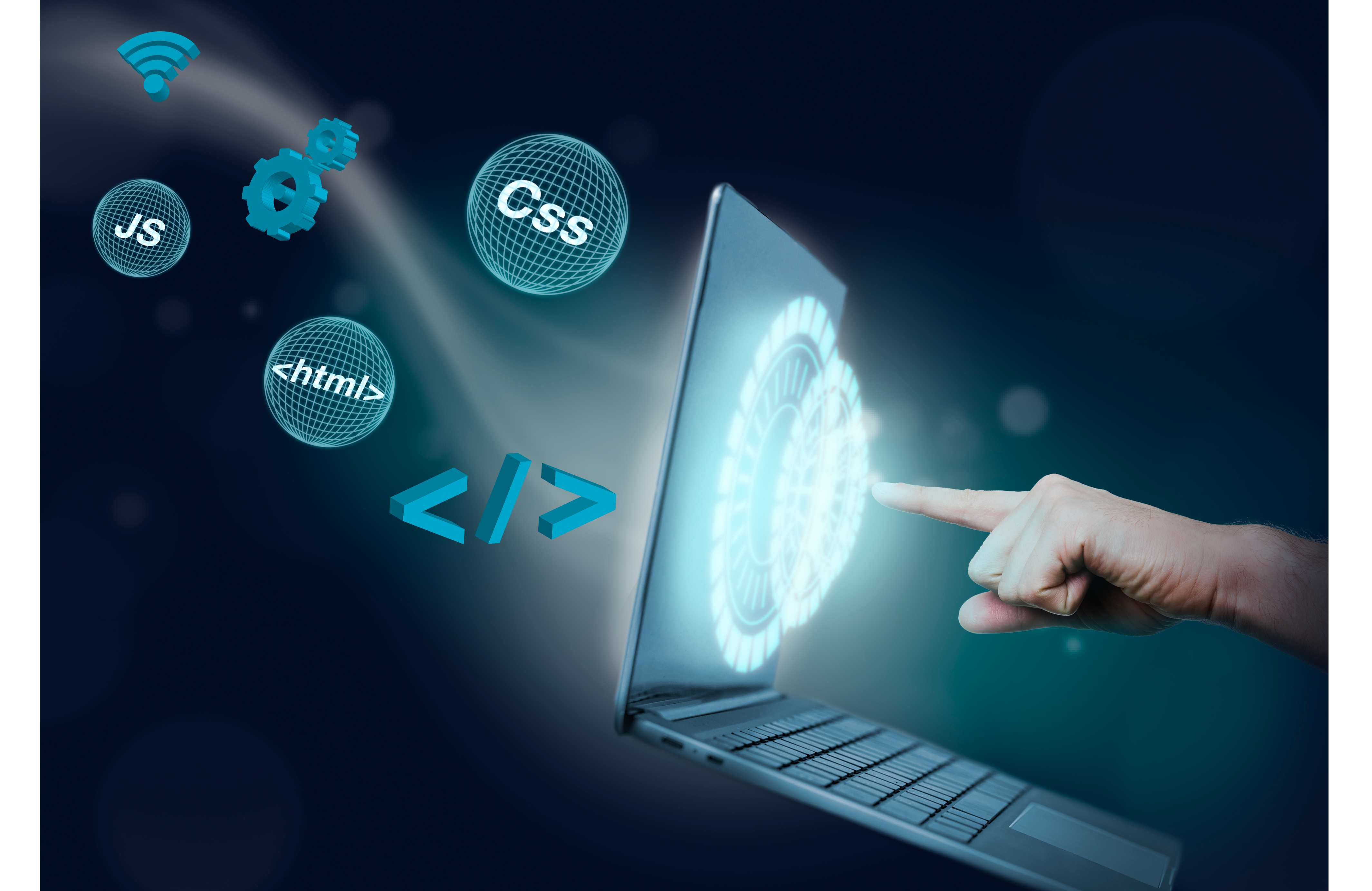


The Internet of Things (IoT) is a rapidly growing technology transforming many aspects of our lives; from smart homes and connected cars to industrial automation and healthcare, IoT enables a wide range of new applications and services.
The Internet of Things has been transformed into a dynamic industry which increases the need for reliable tools to create these complex applications. This article provides a list of the top 20 popular IoT developer tools, along with a brief description of each.
Arduino is a popular open-source platform that helps you create interactive electronic projects through its hardware (microcontroller boards, modules, shields, and kits) and software (the Arduino Integrated Development Environment).
Perfect for IoT development, Arduino is easy to use, has a large community of users, and supports a wide range of sensors and actuators.
Additionally, you can use Arduino to connect to other devices and systems, such as smartphones, computers, and cloud-based services, making it a versatile tool for IoT development. Arduino also represents software products by Arduino IDE, Cloud, Cloud Remote and Web Editor.
Raspberry Pi formerly known as Raspbian is a small, affordable computer that is useful for a many project, including IoT development. It is perfect for IoT development because of its low power consumption, and wide range of supported peripherals such as basic features and utilities to run hardware and many packages for pre-installation software.
Additionally, Raspberry Pi is a free Debian-based system that runs several operating systems, including Linux and Windows IoT, which can develop and run IoT applications.
You can use this computer as a standalone device, or connect it to other devices and systems, such as sensors, actuators, and cloud-based services, making it a flexible IoT development platform.
Node-RED is a visual programming tool that is perfect for IoT development built on Node.js, and users can create applications by dragging and dropping pre-built blocks on a canvas. IoT development is a strong suit for Node-RED because it simplifies many everyday tasks, such as connecting devices and services, processing data, and triggering actions.
Additionally, Node-RED has a large community of users who share nodes and example flows, making it easy to get started and learn new techniques. Node-Red integrates the IoT hardware and software systems while automating their interaction.
It works well with Linux but can also work well with Android and Windows.
MQTT (Message Queueing Telemetry Transport) is a lightweight, publish-subscribe messaging protocol. It is standard for IoT development and designed for efficient, low-bandwidth communication between devices, such as sensors and actuators, and a central broker, such as a cloud-based service.
MQTT is one of the greatest IoT software development tools because it is simple to use and you can easily integrate it with other systems and services.
MQTT supports several features, such as quality of service, security, and persistence, that are important for many IoT applications. Developers can create scalable, reliable, and secure IoT systems that can support many devices by using MQTT
Eclipse IoT is an open-source project that provides IoT developer tools and frameworks.
It is based on the Eclipse Java development platform and includes several components, such as an integrated development environment, a device emulator, and a marketplace of pre-built components, frameworks, standards, tools for building digital twins, fog computing, edge computing solutions, and services.
Eclipse IoT is well-suited for IoT development because it supports a wide range of hardware and software platforms, including Linux, Android, and Java; it has a large user base with resources for developers. By using Eclipse IoT, developers can create IoT applications that are scalable, interoperable, and extensible.
NetBeans is an open-source integrated development environment (IDE) mainly for Java. It provides a wide range of tools and features, such as a code editor, debugger, and project management, which are crucial for IoT projects. The tool runs on Windows, macOS, Linux and Solaris.
NetBeans is an IoT development platform that supports a several languages and technologies, including Java, C/C++, and HTML5.
It has a large community of users who share resources, such as tutorials and templates, that can help developers get started quickly. By using NetBeans, developers can create high-quality, maintainable, and portable IoT applications.
Wireshark is a free and open-source network protocol analyzer that you can use to monitor and debug IoT communication. It works across all platforms and operating systems, and is free being the world’s foremost and widely-used network protocol analyzer.
Wireshark can help developers identify and troubleshoot problems with their IoT systems by capturing and analyzing network traffic such as from your computer to your home device or internet.
For example, Wireshark can be used to identify communication errors between devices, detect security vulnerabilities, or monitor the performance of IoT networks.
ThingWorx is a platform that helps developers quickly build and deploy powerful applications. It provides a range of tools for different aspects of IoT development, including connectivity, analysis, and production. It is mainly for industrial use, as opposed to personal.
ThingWorx offers Vuforia for augmented reality development and Kepware for industrial connectivity.
KEPServerEX serves as a single point for data distribution and enables interoperability with a ThingWorx agent. Since, it is mainly for augmented reality (AR), it can easily create and use powerful applications.
AWS IoT Core is a cloud-based service for connected devices to interact with cloud applications and other devices securely and easily. It can handle many devices and messages and route them securely to AWS endpoints and other devices.
AWS IoT Core can support billions of devices and trillions of messages, and can process and route those messages to AWS endpoints and to other devices reliably and securely.
With AWS IoT Core, your applications can track and communicate with all devices, even when offline. You can use AWS services like AWS Lambda, Amazon Kinesis, and Amazon SageMaker to build IoT applications without managing any infrastructure.
The Azure IoT is a set of cloud services managed by Microsoft that connects, monitors, and controls many IoT devices. It’s a fully managed cloud service that gives secure bi-directional communications between trillions of IoT devices and a solution back-end.
Azure IoT combined with Azure Digital Twins, makes a powerful solution for all IoT-related problems, especially if you’re running a business. Azure allows you to completely customize the design of your IoT solutions, making it incredibly cost-efficient.
Cloud IoT Core is a highly scalable and manageable service from Google for connecting thousands of devices to the internet. It automatically handles load balancing and scaling of data.
The two main components of Cloud IoT Core are the Device Manager, which registers and authenticates devices, maintains their configuration, and allows for remote control, and the Protocol Bridge, which connects devices to the Google cloud using standard protocols like HTTP and MQTT which allows for easy integration of existing devices with minimal firmware changes.
The IBM Watson IoT Platform is a cloud-based service that provides device management and data collection and management in a time-series format. It is part of IBM’s Platform as a Service offering, IBM Bluemix, and allows users to quickly build IoT apps using services from the IBM Bluemix catalog.
The app options include storage, rules, analytics, stream analytics, machine learning, visualization, and user apps (web or mobile).
Users can incorporate cognitive capabilities into their IoT apps by using IBM Watson services available on IBM Bluemix. This makes the IBM Watson perfectly suited for jobs that need machine learning.
The Zephyr OS is a small, lightweight operating system designed for use on resource-constrained and embedded devices released by Apache 2.0. It is suitable for several applications, from simple environmental sensors and LED wearables to more complex embedded controllers, smartwatches, and IoT wireless applications.
While Zephyr might seem very similar to Raspberry Pi with a flexible configuration and build system, the difference lies in the mutability of each OS. Zephyr specializes in microcontrollers and embedded devices, so you can use them for any device with a sensor.
Kaa is an open-source middleware platform that enables the implementation of end-to-end IoT solutions, connected applications, and smart products. It offers a set of pre-built enterprise-grade IoT features that you can easily integrate and use to implement a wide range of IoT use cases.
These features include device management, data collection, visualization, remote control, configuration management, messaging, and more. Kaa is highly flexible and customizable to meet the specific needs of different projects and allows you to collect both structured and unstructured data.
Beebotte offers a cloud-platform as a service that connects thousands of objects and processes millions of messages which connects everything in real-time using a rich API-supporting REST, WebSockets and MQTT.
The platform is suitable for several applications, including instant messaging, dashboards, online gaming, domotics, IoT, and reporting.
It is designed to scale seamlessly to meet the needs of growing businesses. You can easily use Beebotte to automate your business and operate everything from one control center.
Resin.io is an IoT platform that specializes in deploying containers onto devices. Developers use the platform’s SaaS portal to manage devices and assign applications defined by Dockerfiles to them.
It uses Balena, a container engine based on the Moby framework from Docker, to power its containers. The platform is still in development and has some limitations but its current feature set, including the ability to SSH into a container on a device from the web portal, suggests a promising future.
GE Predix Platform is a cloud-based solution that collects and transfers OT and IT data to the cloud using direct connector software or Predix Edge, an intuitive and automated cloud application that supports local analytics and applications processing. You can manage Predix Edge deployments locally or centrally from the Predix Cloud.
In addition to data ingestion, processing, and storage, the platform provides a framework for streaming and batch analytics processing.
Predix Essentials is a pre-configured version of the Predix Platform designed to support GE Digital applications and typical IoT use cases, such as condition-based monitoring.
OpenHAB is a tool for communicating with smart and non-smart devices, performing user-defined actions, and providing web pages with user-defined information and tools for interacting with all devices. To do this, openHAB segments and compartmentalizes certain functions and operations.
You can use OpenHAB for your home automation needs with its ability to integrate a multitude of other devices and systems. It is accessible to all levels of programmers since it is in Java. You can tweak OpenHAB as you want to make it perfect for you.
Home Assistant is a free and open-source home automation software that acts as a central control system for smart home devices through modular integration components. It prioritizes local control and privacy. You can access it through a web-based user interface or voice commands via supported virtual assistants such as Google Assistant or Amazon Alexa.
Home Assistant allows users to control and use information from all devices and their attributes and to trigger automation using scripts, scheduling, and blueprint subroutines for controlling lighting, climate, entertainment systems, and home appliances.
Home Assistant provides convenient smartphone applications that allow you to remotely manage your gadgets and receive notifications if something goes wrong.
OpenRemote is an open-source IoT platform that enables users to create and manage IoT monitoring applications, control devices, and visualize data.
It offers services for designing and building customized IoT applications and allows users to connect any device to their network, manage assets, and set up maintenance rules and automated notifications.
OpenRemote also provides a graphical user interface (GUI) that allows users to integrate assets and design applications easily and supports a wide range of data processing tools. The platform supports multi-tenancy and a full account management service and allows users to generate monthly reports to monitor their assets.
There are many tools and platforms available for IoT development, each with its unique features and capabilities. The 20 most popular IoT software development tools listed in this article are just a few examples of the many options available.
Developers can choose the tools best for them depending on their project requirements, goals, experience, and preferences. Even if you are a novice, you can take a degree course to become an expert in IoT. No matter which tools you choose, the important thing is to have fun and experiment with new ideas. The world of IoT is constantly evolving, and there are endless possibilities for innovation and creativity.

12th April 2025

1st January 1970

1st January 1970

1st January 1970

1st January 1970

D-U-N-S Number : 860501484
© 2023 ALL RIGHTS RESERVED. DESIGNED BY NINOS IT SOLUTION DEVELOPED BY ECPHASIS INFOTECH